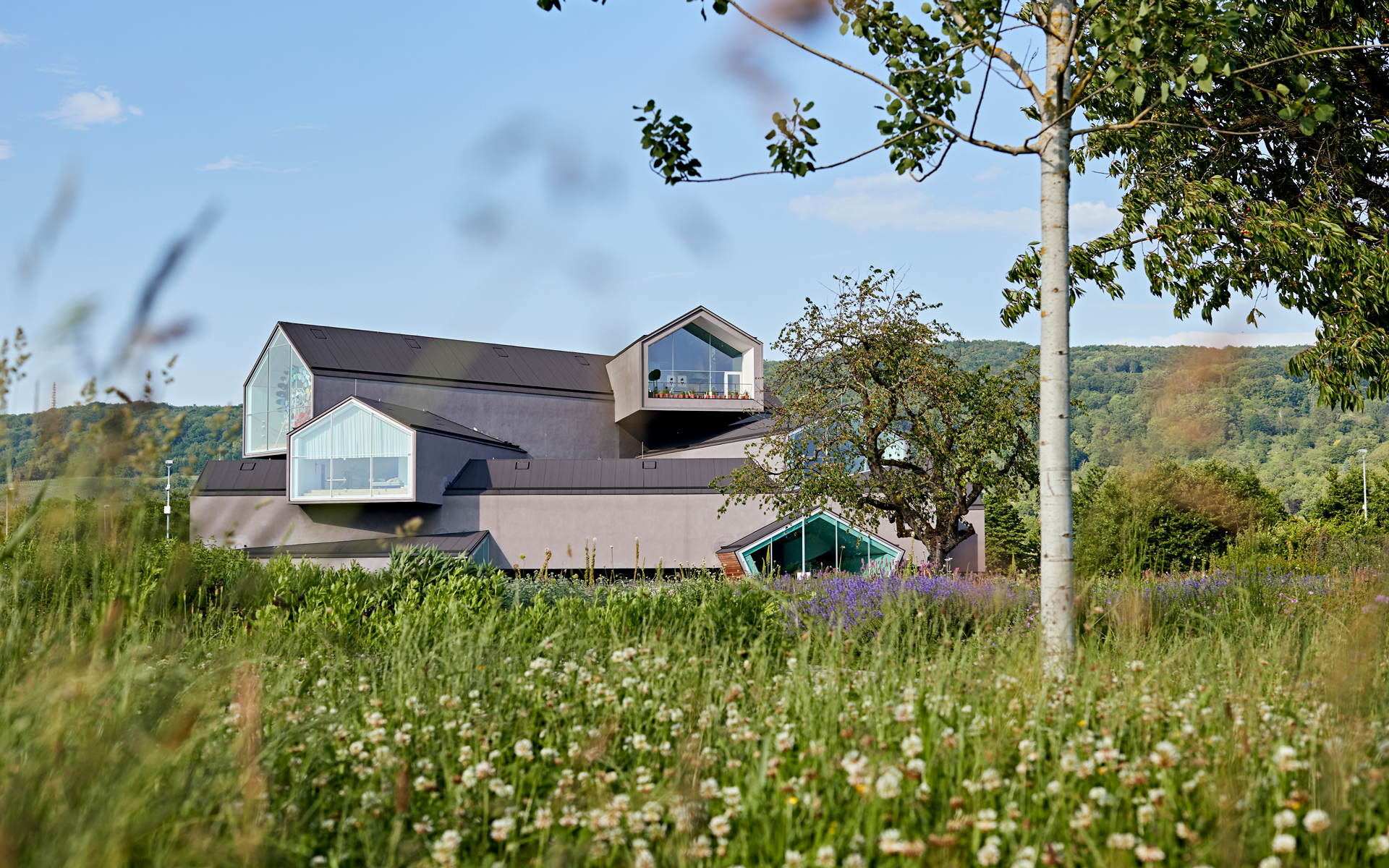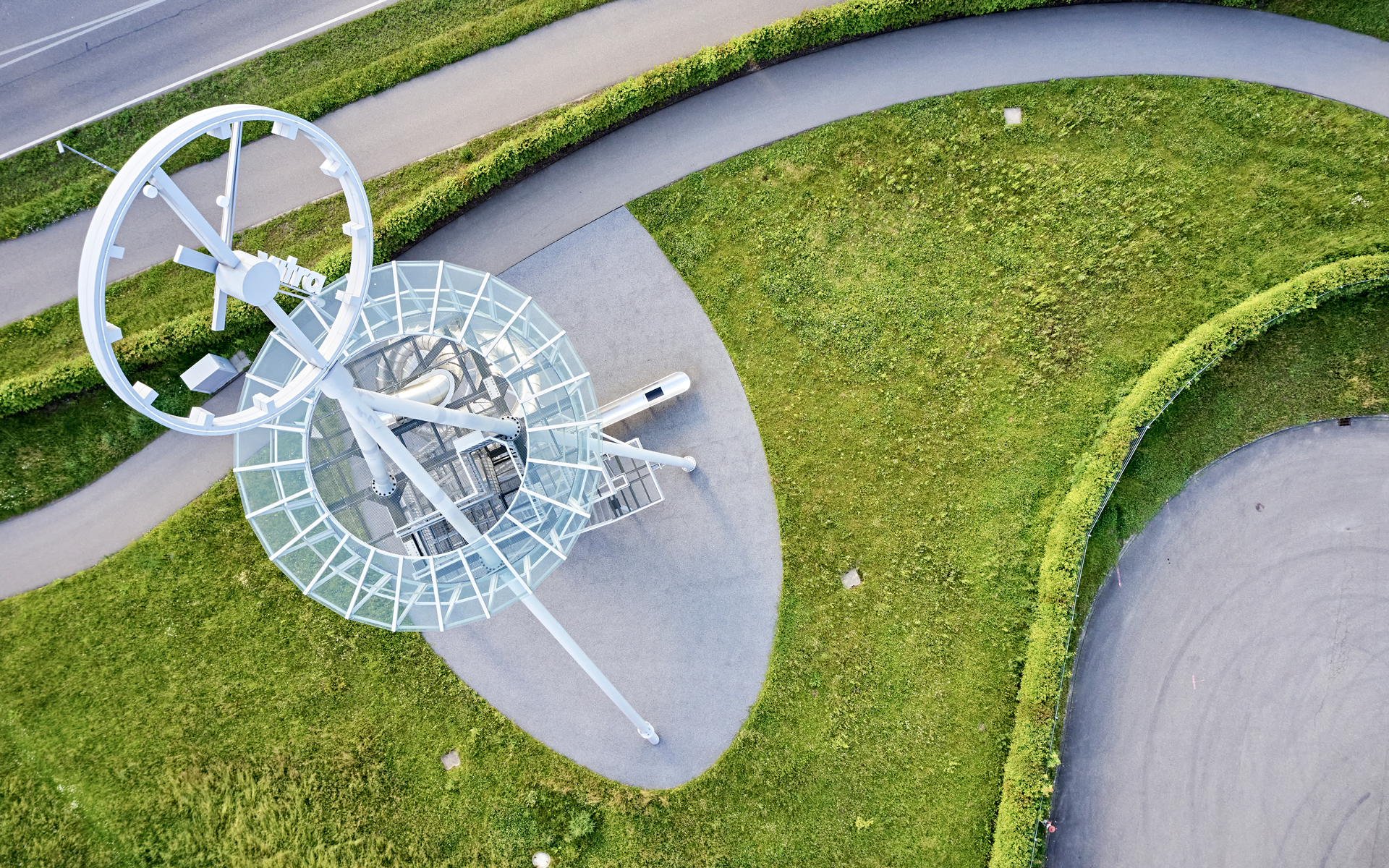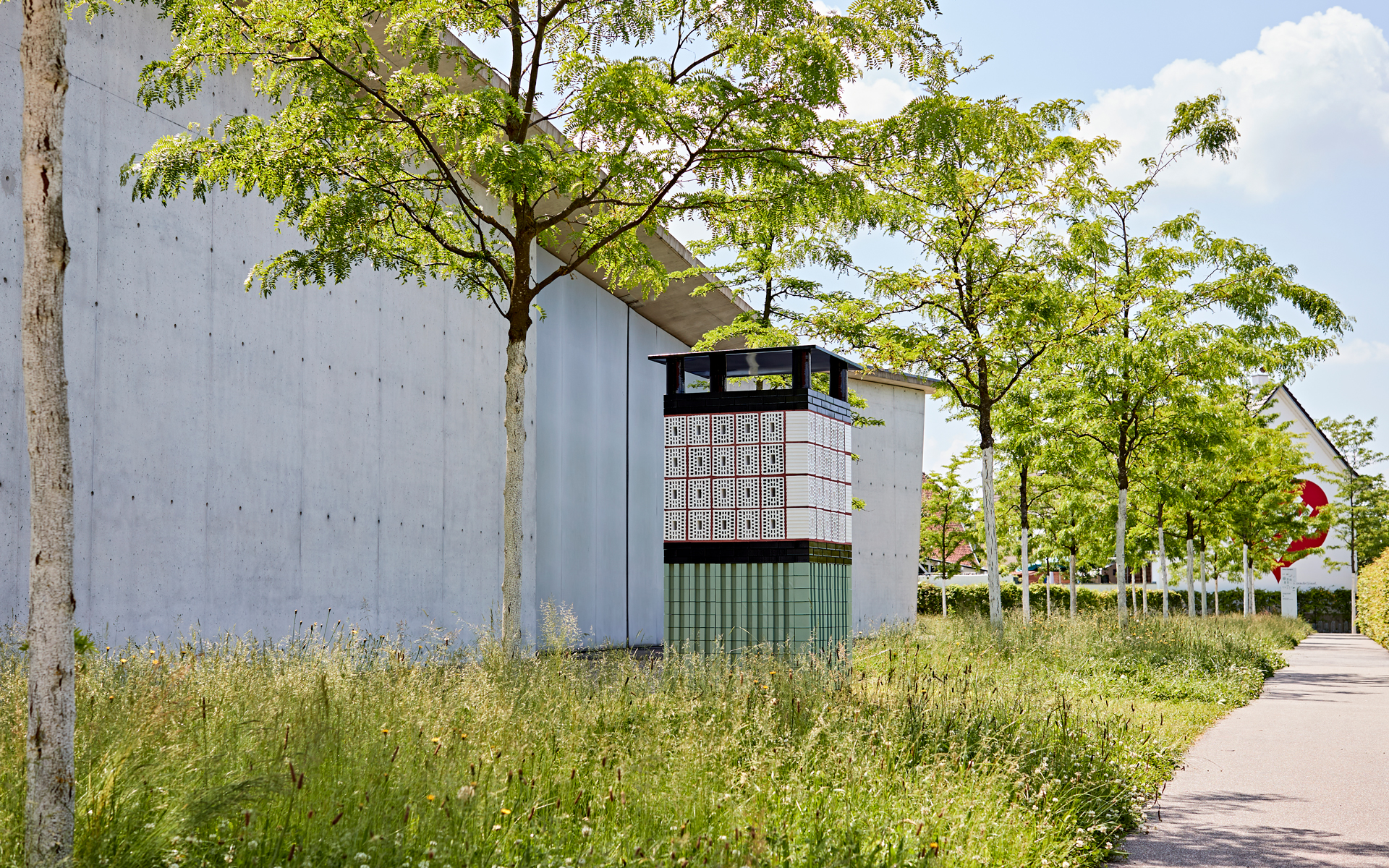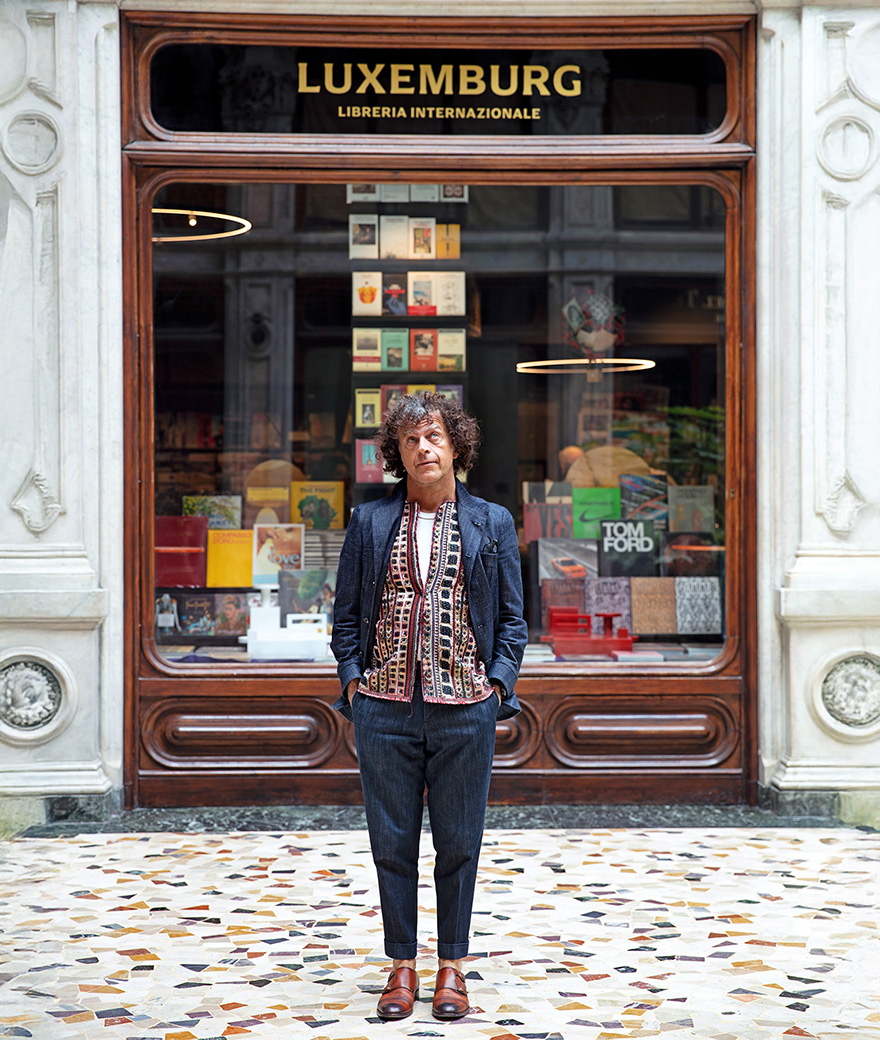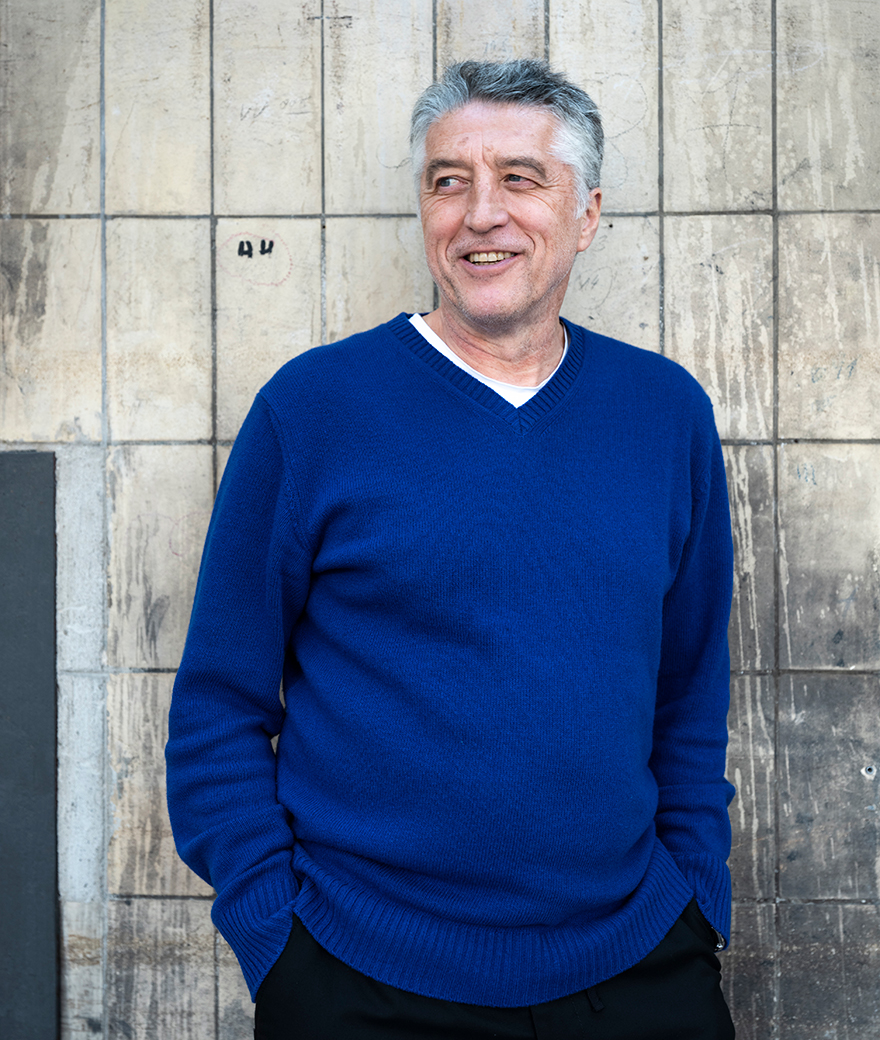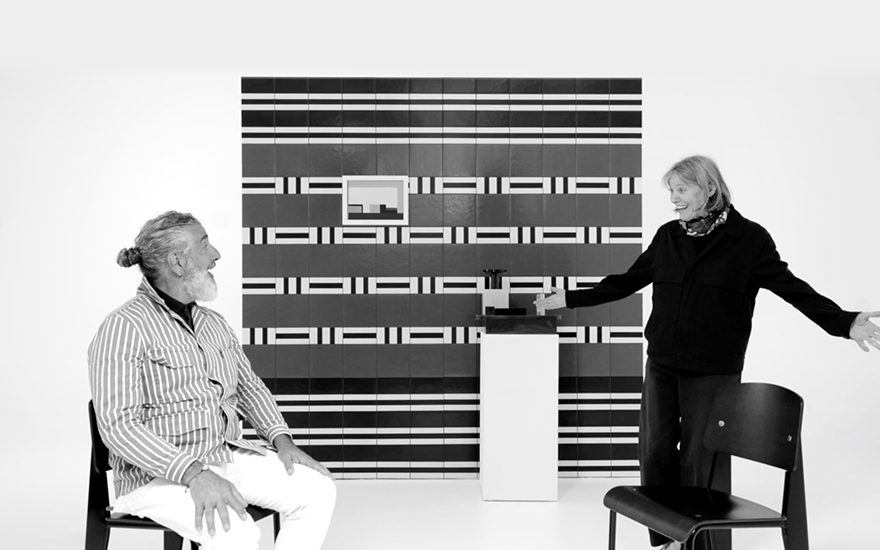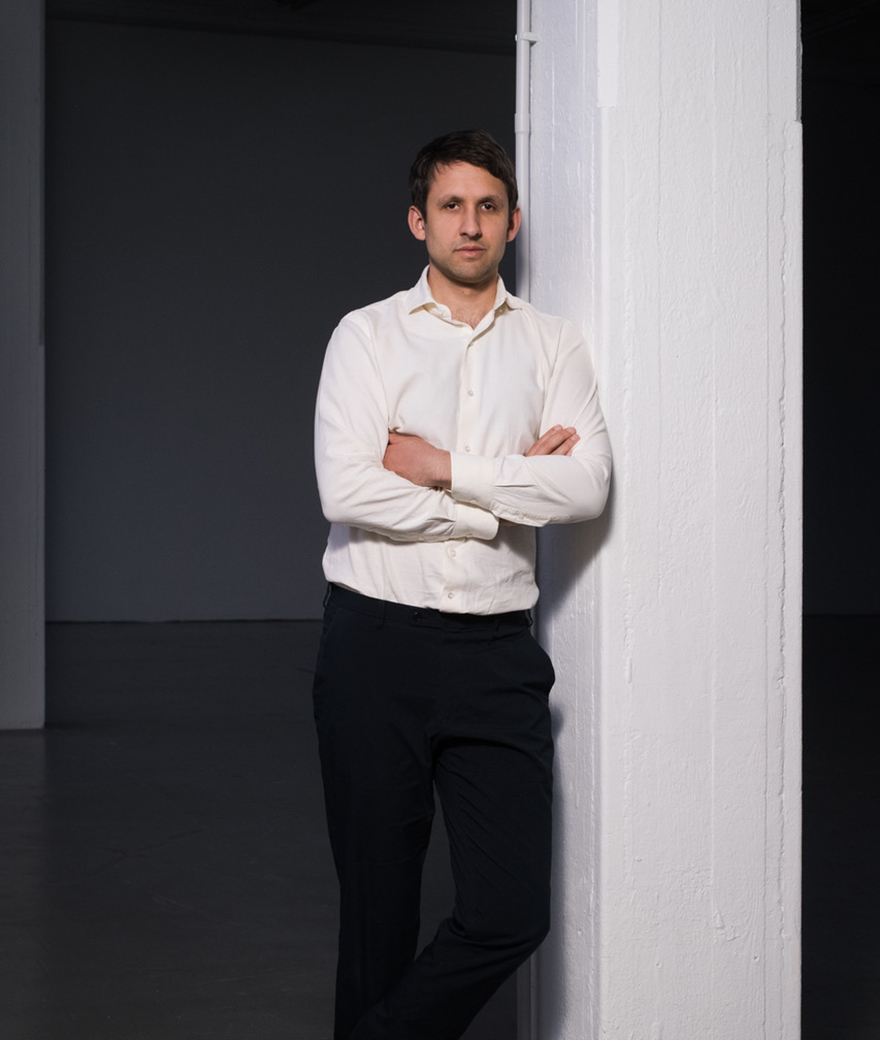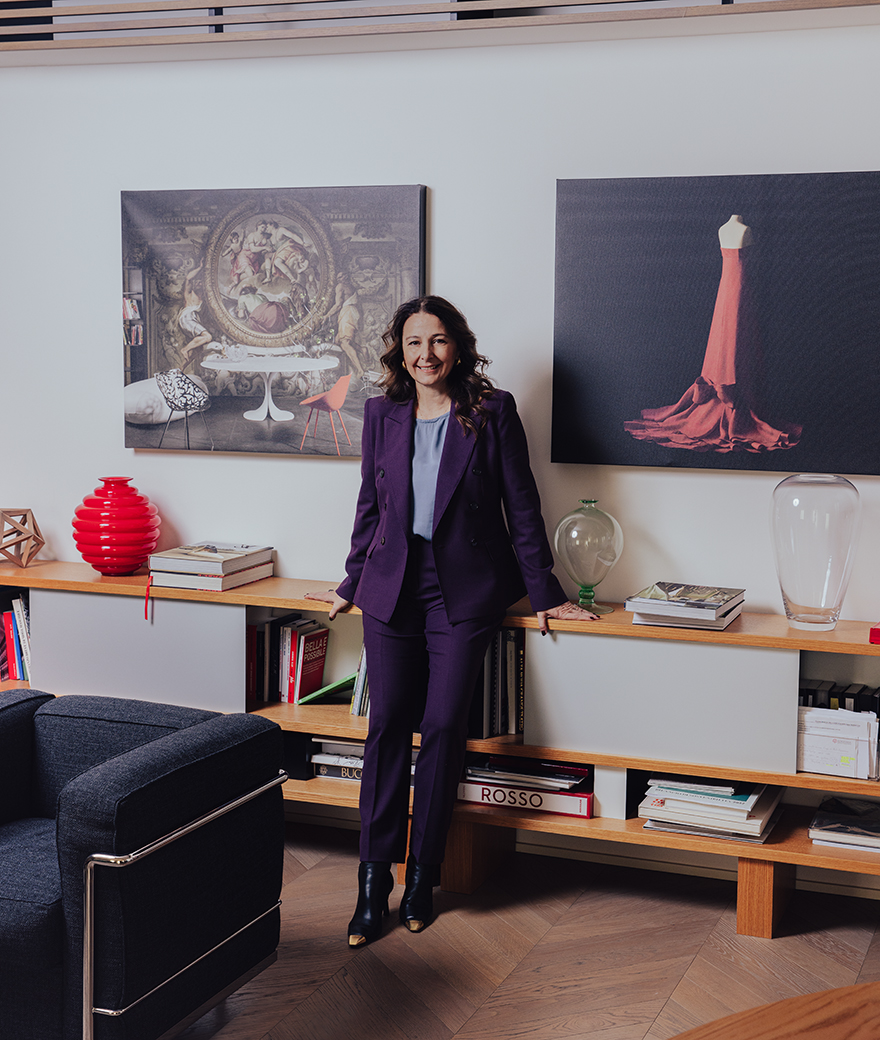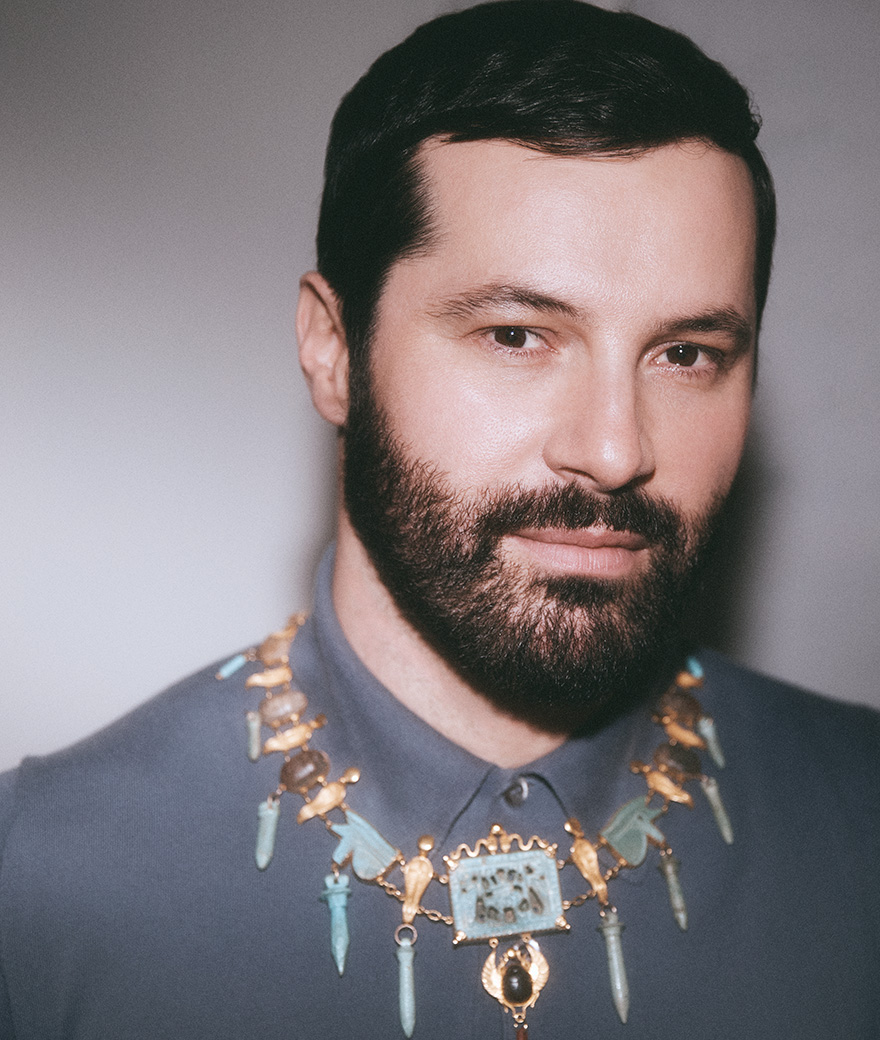A talk with Rolf Fehlbaum
The towers are an evolution of BRIC, the site-specific installation created by the French artist for MUT in 2019, where seven structures of different shapes and sizes gave rise to an unexpected, metaphysical landscape. Rolf Fehlbaum told us about the history of the space in Weil am Rhein, how it has developed through these years and about the arrival of Torre Numero Due. We also spoke about the changes taking place within the company and, more generally, in the fields of design and architecture.
Already 6 years have passed by, since our last encounter. It was 2015 and we were launching our new Mutina Journal. What has changed since then?
At Vitra much has changed and the pandemic has accelerated this process. I am much less involved than 6 years ago and happy that the leadership is in good hands, the hands of my niece Nora.
The area in which I am still very active is the development of the Vitra Campus: in 2016 we inaugurated the Schaudepot, presenting about 400 highlights of the furniture collection of the VDM and giving visual access to the depot in which more than 7000 furniture pieces are stored. In 2018 two objects by Ronan and Erwan Bouroullec and a small building by artist Thomas Schütte were introduced. Last year, we planted a large garden by Piet Oudolf, which will be officially inaugurated this year. Also, this year the Umbrella House by Japanese architect Shinohara will be sent in parts by container and installed on the Campus, and so will the Torre Numero Due by Nathalie Du Pasquier. I even open my Wunderkammer, with parts of my collections of robots, space toys, comic strip toys, folk art.
This time we talk about an exciting project that sees Mutina going a little bit closer to Vitra: Torre Numero Due by Nathalie Du Pasquier will find a home just outside the Vitra Campus in Weil am Rhein. How will it interact with the space both on an inspirational and architectural level?
It has just been installed along the Siza Promenade, in front of a large concrete wall of the Fire Station by Zaha Hadid. I trust it will work well with the rest of the Campus. Höllers Sliding Tower also works between art, design and architecture, so are the Bouroullec interventions and Schütte’s Blockhaus. I think Torre Numero Due has the same spirit.
I hope to meet Nathalie Du Pasquier soon. I have been looking at her paintings in recent years and liked them a lot, so when I saw the images of the towers I thought that it would have been great to have one here. It was spontaneous. I was sort of prepared by knowing her work and, as I am fond of Massimo and admire what Mutina is doing, I was sure it would have been good. Normally I would have travelled to Italy to see the structures, but due to the pandemic I could not. So I just trusted my feeling.
You took the reins of Vitra in 1977. In 1981, a fire destroyed the company’s plants and it was kind of the beginning of the Vitra Campus. How did you came up with the idea of such a great project and how did it develop? Was the strong international presence a key feature from the very beginning?
I liked the idea of the Campus being kind of extraterritorial. I invited architects that would not normally work here, as a consequence it became international. It started with Grimshaw from the UK, followed by Gehry from the USA, Hadid from Iraq and Ando from Japan… but this sounds like a grand plan. In reality it happened step by step, inspired by accidental encounters which were impossible to foresee.
When I saw the images of the towers I thought that it would have been great to have one here. It was spontaneous.
Vitra Campus is more than an open-air museum, it is about vision and experimentation, allowing people to experience architecture and design at 360°, in a revolutionary way. What kind of impact do you imagine this place to have on the visitors?
The idea was that people would enjoy to spend a day at Vitra, visiting an exhibition, eating, walking around, buying something. Families with kids playing. Taking part in a workshop, going on an architectural tour. Seeing, learning, having fun. I think that, as industry regularly destroys sites and transfers them into non-sites, it is desirable to create new sites, rather than just more monocultural industrial estates.
Back in 2015, you told us that, instinctively, your life motto was: “Make the best of it!” meaning that you concentrate on your strengths and use your weaknesses to create new productive bonds with people that have complementary skills. Do you still feel the same way especially after the tough times we’ve been through in the last year?
I continue to think that the difference between people makes them really bond and that diversity is a blessing. It is meant in the sense of Fourier’s theory that if you let people with different talents and interests interact freely there is some sort of balance, a harmony as everybody profits from the specialty of the other. And society as a whole progress.
Sadly the opportunity to do so is getting more and more reduced with social media leading to polarization and sectarianism. But my daily experience is being with people who are able to do things that I am not, while I can deliver something that they cannot. Business offers great opportunities for that sort of interaction which is not just functional, but also emotional.
How do the pandemic and the new way we have been forced to live have influenced the design field? And how do you think this will affect our future?
Vitra is working a lot on the consequences for the work environment, but I am more an observer in this case. Generally I feel that cooperation between designers of different disciplines – architects, product designers, landscape designers or people from the social sciences – is becoming more common. This is possibly a reaction to the star system, but more importantly it’s the result of the insight that the task is no more to do a good building or a good product, but to create a good environment.
You have been chairman emeritus and an active member of the board of directors at Vitra for quite some time now. What do you foresee for the future of the company?
There is a strong concentration process going on in our industry, with many of the previously family owned and managed design companies now being part of conglomerates. Vitra is determined to stay independent. This position has advantages and disadvantages. I am confident that my niece and her team will navigate well through these turbulent times.
I feel that cooperation between designers of different disciplines – architects, product designers, landscape designers or people from the social sciences – is becoming more common.

